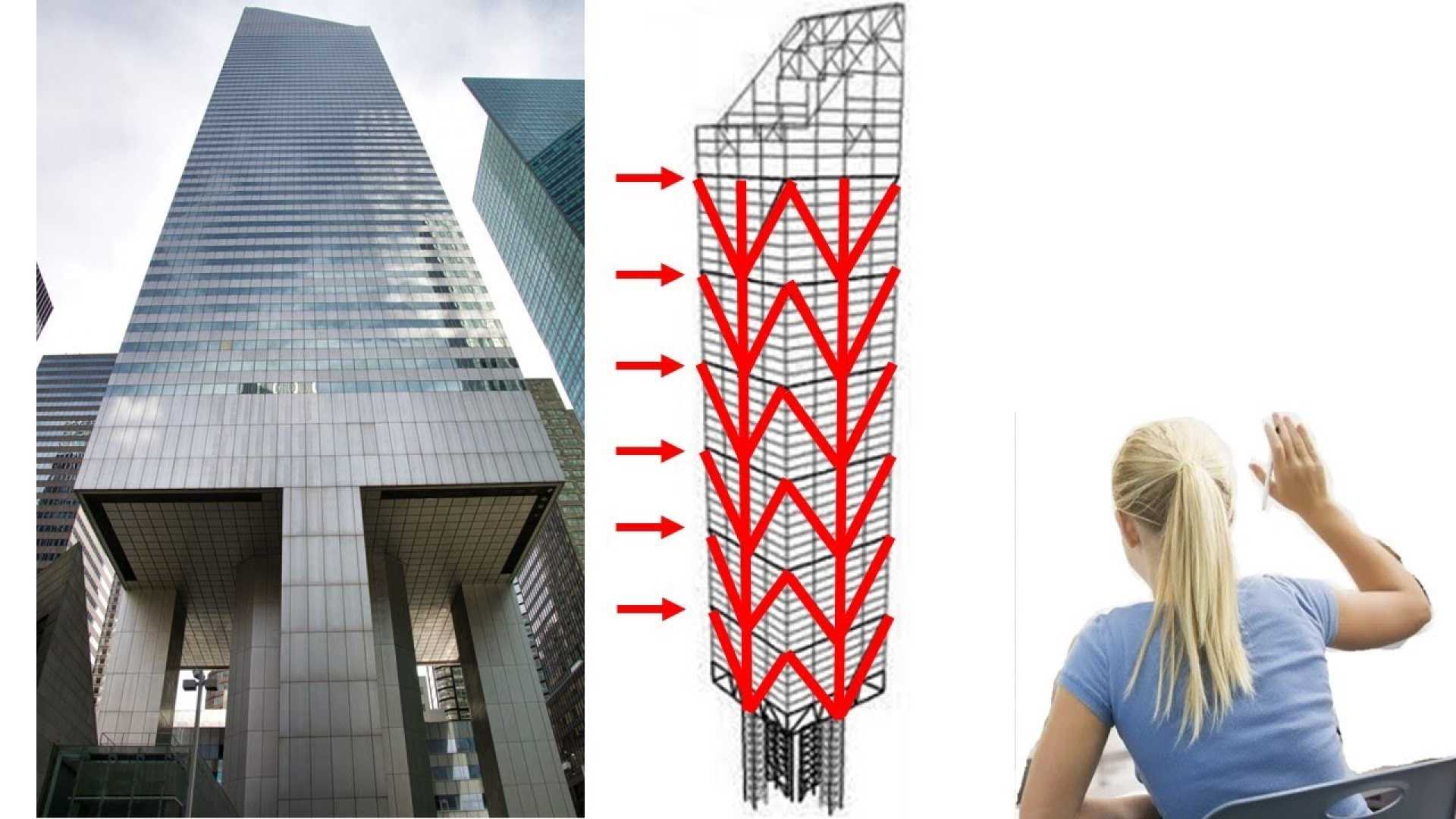News
Students Uncover Flaw in New York’s Citicorp Center Nearly Toppling Skyscraper

NEW YORK, Aug. 15, 2025 — On October 12, 1977, Citicorp opened the tallest skyscraper in New York City since the 1930s. The 915-foot Citicorp Center tower featured a distinctive sloped roof, dominating the Midtown skyline. However, this towering structure had a hidden flaw that almost led to disaster.
Before it opened, the building’s design and ambitious engineering drew mixed reviews, including from architect critic Paul Goldberger, who called it a pleasure for New Yorkers despite its lack of originality. Yet it wasn’t until a critical flaw was discovered that the true risk to thousands of lives became clear.
The Citicorp Center was more vulnerable to high winds than its engineers originally thought. If a storm disrupted its stabilizing device, strong winds could potentially collapse the building. In July 1978, engineer William LeMessurier realized that winds strong enough to topple the tower could occur every 16 years in New York City.
“It was a real race against time,” said Michael M. Greenburg, author of the book “The Great Miscalculation,” which investigates the crisis. The situation was kept from public knowledge, largely due to a newspaper strike at the time.
Confidential work to correct the design flaws took place under the cover of darkness, as workers implemented adjustments to prevent a disaster. The Citicorp Center, which is now called 601 Lexington, still stands, but it underwent substantial changes to address the serious vulnerabilities its design posed.
The design flaws stemmed from unusual engineering choices made necessary by the church’s presence on the site. After being unable to purchase an entire block in Midtown Manhattan, Citicorp negotiated to acquire St. Peter’s Lutheran Church’s air rights, while agreeing to construct a new church for the congregation. This led to structural designs that ultimately compromised the tower’s integrity.
LeMessurier and architect Hugh Stubbins devised a unique plan to elevate the building on stilts, which introduced instability. To counterbalance this, a complex bracing system divided the tower into six independent segments. A tuned mass damper was also installed, a counterweight designed to stabilize the building during high winds.
As the skyscraper opened and became a beacon of skyscraper innovation, a young engineering student at Princeton University, Diane Hartley, began her investigation into the Citicorp Center for her thesis. Her calculations revealed discrepancies, particularly regarding how the tower handled quartering winds. “It never occurred to me that I had discovered something unusual,” she recalled.
In her pursuit of academic rigor, Hartley unknowingly participated in the unearthing of a critical safety issue, illustrating just how close New York came to disaster.












